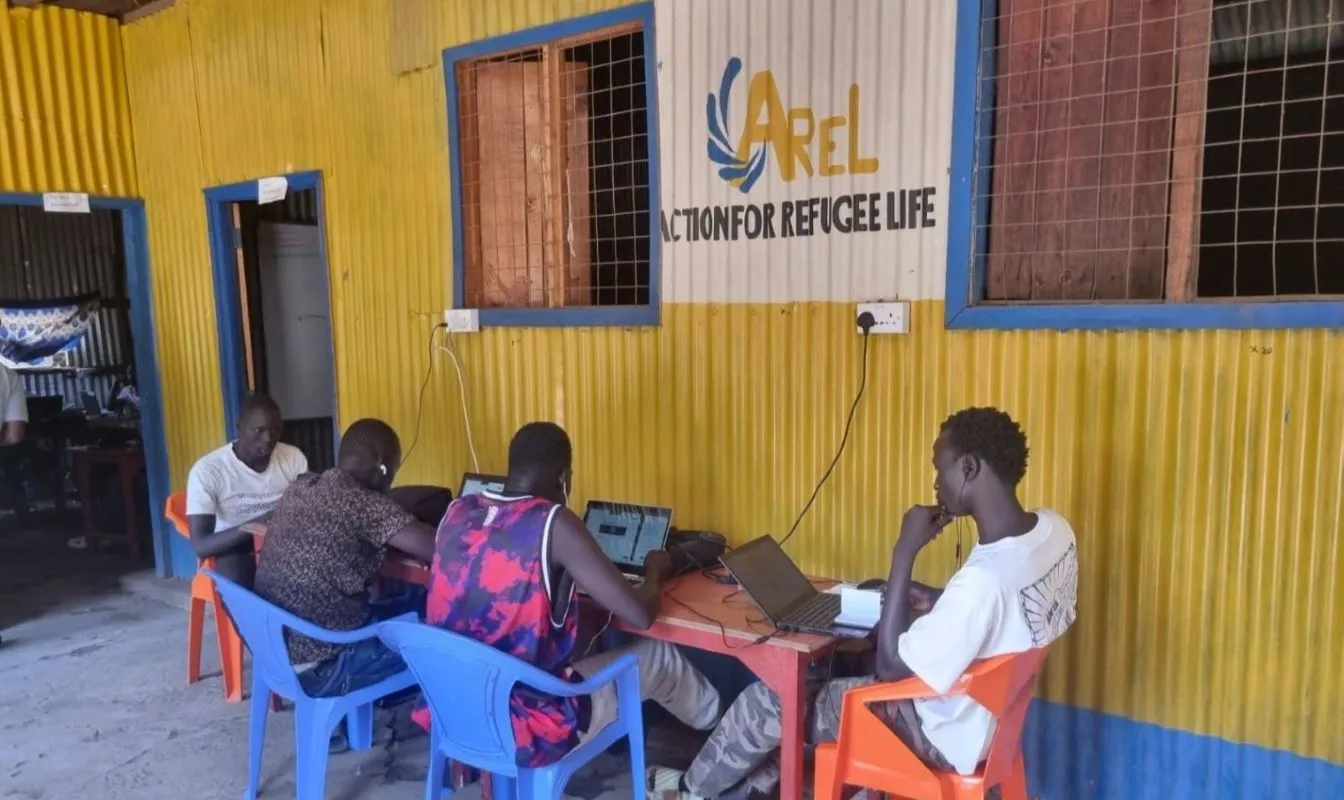High youth unemployment in many countries may reflect limited information about the skills of young people seeking work. This column reports research showing that standardized skill assessment and certification can raise employment and earnings in the 15 to 24 year old age group. The process helps young workseekers to target their job search more effectively, and helps firms to evaluate their job applications.
Globally, young people were three times more likely to be unemployed than adults in 2019. Since then, job losses during the pandemic have disproportionately affected young people.
High unemployment, particularly for the 15 to 24 year old age group, may be driven partly by what economists call ‘information frictions’: mistakes in either firms’ hiring decisions or workseekers’ search decisions due to limited information about the skills of the latter.
For example, limited information about workseekers’ skills can lead firms to hire poorly matched workers and offer wages that are either too high or too low given the workers’ skills. Limited information can also lead workseekers to search for jobs that are a poor match for their skills.
Information frictions may be particularly important for young workseekers, who have less experience of searching and working, and fewer references from past jobs. Limited information may exacerbate other frictions in the labor markets of developing countries, including high costs of search and migration.
Skill assessment and certification
In a recent study, we show that providing more information about workseekers’ skills increases their earnings and employment. In partnership with the Harambee Youth Employment Accelerator, we look at a group of 6,891 young workseekers in Johannesburg, South Africa. All of them come from low-income backgrounds with limited education and work experience.
Over two days, participants completed six assessments of their numeracy, communication (verbal and written), grit, focus, and planning skills. We randomly selected some participants to receive certificates describing the assessments and showing their results relative to other workseekers assessed by Harambee (see Figure 1).

Figure 1
The certificates were branded and included their names to provide credible information to prospective employers. We encouraged workseekers to use the certificates in their job applications if they thought it would help them.
This intervention improved workseekers’ labor market outcomes in the following three to five months (see Figure 2). Certification raised participants’ employment rate by five percentage points relative to the control group – 36% compared with 31%.
Certification also increased participants’ earnings by 34% relative to the control group. Certified participants earned more because they were more likely to be employed and earned higher hourly wages when they were employed, not because they worked longer hours when they were employed. This suggests that certification increased participants’ job quality.

Figure 2
Who responds to skill certification?
Both firms and workseekers responded to the information provided. This suggests that both sides of the market lacked relevant information about workseekers’ skills.
First, information shifted workseekers’ beliefs and behavior. Certification moved participants’ beliefs about their skills closer to their measured skills, and made them more likely to search for jobs that most value the assessment in which they scored highest.
In a second experiment, we tested the effect of ‘private’ certificates, which showed participants their assessment results but without their names or any branding, making them less credible to firms. Private certificates generated similar effects to the ‘public’ certificates on workseekers’ beliefs and search, but a smaller effect on earnings (see Figure 3).

Figure 3
The fact that private information for workseekers changes their labor market outcomes, even if by less than public information that they can share with firms, suggests that both sides of the market lacked relevant information about workseekers’ skills.
Second, information shifted firms’ behavior. In a third experiment, we sent résumés directly to firms on participants’ behalf. We included public certificates with a random subset of résumés. Applications including certificates got 11% more interview invitations, which is consistent with firms acquiring more information about workseekers’ skills from certificates.
Policy implications
Our findings show that skill assessment and certification offer an effective policy that can be cheaply and widely implemented. The employment effect is larger than most short-run effects of job search assistance programs. But the employment rate for certified workseekers remains below 40%, showing that other barriers to employment remain important.
The intervention easily passes a cost-benefit test: the average effect on participants’ earnings in the first three months after treatment is 2.3 times the average variable cost of assessment and certification. Assessment and certification can be incorporated into existing job search assistance programs, particularly programs that already conduct assessments.
Understanding who faces information frictions is important for designing policy. Unlike previous work (1, 2, 3, 4), our experiments separately vary firms’ and workseekers’ information about assessment results, showing that both sides of the market face information frictions. This shows that the returns may be higher for policies providing two-sided information, such as certification, than one-sided information, such as assessments by firms of job applicants’ skills or assessment-based career counseling in job search assistance programs.
Assessment and certification are likely to be effective in specific circumstances. They provide new information about workseekers’ skills, so they are less relevant for highly educated and experienced workers. They rely on a credible agency to conduct and certify assessments, which suggests that new government agencies, NGOs, or private firms offering these services need to invest in building credibility.
Assessment and certification can help to address some limitations of alternative approaches to reducing information frictions. Reference letters from past employers can only help those with past work experience (1, 2), and referrals can exclude people from marginalized groups (1, 2).
Note: A toolkit describing how an NGO or government could roll out the intervention is available here.
Acknowledgements:
Thanks to staff at the Harambee Youth Employment Accelerator, the Abdul Latif Jameel Latif Poverty Action Lab Africa Office, and our institutions. The project is conducted in collaboration with the World Bank Jobs Group and Africa Gender Innovation Lab, and received funding from the National Science Foundation (# 1824413), Private Enterprise Development in Low Income Countries (# 3024 and # 4728), W. E. Upjohn Institute for Employment Research, and the Global Challenges Research Fund Accelerating Adolescent Achievement Hub. The authors’ views do not necessarily represent the views of the World Bank or the governments of the countries they represent.









